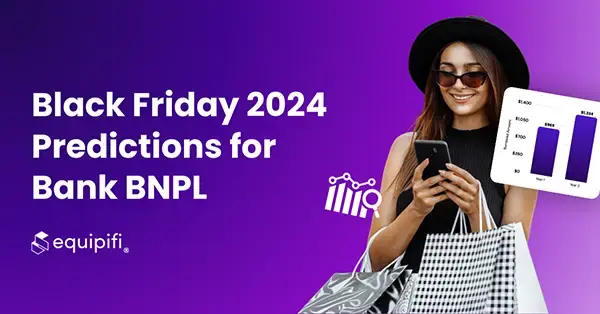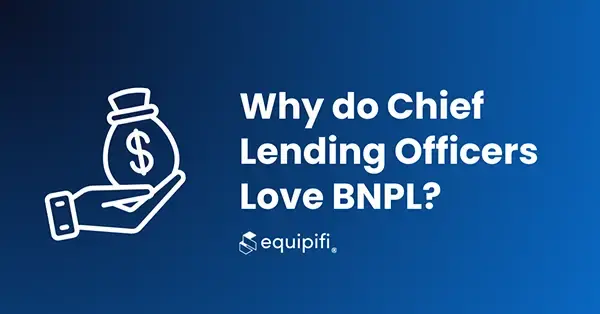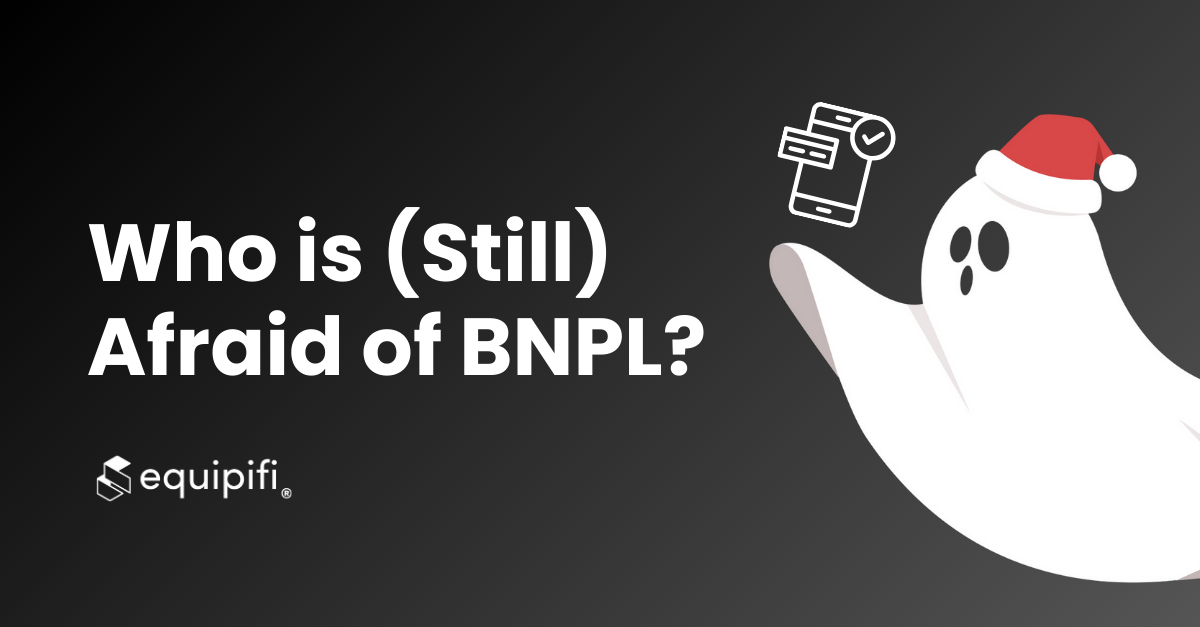It’s the end of 2024. Just like in Santa’s workshop, at equipifi we are busy at work with many community financial institutions to get their own Buy Now, Pay Later (BNPL) programs to their account holders for the holidays. In fact, we have seen more financial institutions launching BNPL in the third quarter of this year than the first half of the year.
However, there are still some financial institutions hesitating about adopting BNPL. So with bank-led BNPL maturing and growing in consumer preference, what are some persisting concerns?
Here are the top three reasons I’ve been hearing, and some holiday puns.
Priority of BNPL as an Innovation Investment
For many financial institutions, launching BNPL isn’t a matter of if but of when. Jack Henry’s survey shows that 20% of credit unions are prioritizing launching BNPL, a significant uptick from last year. However, the prevailing myth is that the risk from waiting on BNPL is negligible.
Allow me to be the Ghost of Christmas Future. Here’s the reality financial institutions truly face when looking at launching BNPL now versus later. (*insert ghostly noises*)
BNPL is designed to solve three things for financial institutions: engagement, income, and retention. These three pillars are also the most urgent problems financial institutions (particularly credit unions) are faced with. With the average age of credit union members at 52 years old and with 28% of members willing to leave their current financial institution for more “leading-edge digital banking experience”, it’s no wonder these concerns exist.
Meanwhile, BNPL has been wildly successfully solving this problem for 3rd-party BNPL providers. Moving consumer engagement onto their platforms (particularly for next gen consumers). Offering them a debit card and checking account from them. The fact that 3rd-party BNPL companies like Klarna, Affirm, and PayPal are seeing record highs in growth while financial institutions suffer from low engagement, attrition, and cash flow issues only highlights the urgency of today’s state of affairs. With holiday shopping being the Super Bowl of commerce and a key time of growth for BNPL providers, it is also an acute period of loss for financial institutions without a competitive offer.
As Jamie Walls from USF FCU said, “the path to irrelevance for credit unions is very short.” If your account holder uses 3rd-party BNPL for the first time this holiday season, what are the chances they add other services from the provider over the next year? You may not feel the loss immediately. But look at your transaction data and how BNPL payments have grown year over year - you’ll see what we’ve been seeing industry wide.
Uncertainty on Potential Delinquency Rates
Purchase financing is not a new concept. But offering pre-qualified small-ticket loans at scale is. It makes sense why financial institutions may take a longer look before investing in BNPL and have questions about how these loans would perform. Here’s what we know:
-
BNPL’s delinquency rate is low.
Specifically, it is lower than credit card delinquency rates, which as a comparable small-ticket credit provider, was reported to have a national delinquency rate of 3% and a charge off rate of 4% (increasing from last year). In contrast, the FTA reported that the delinquency rate for 3rd-party BNPL is 2%. -
Bank-led BNPL’s delinquency rate is even lower.
With more and more customers with BNPL programs that have been live for multiple years, equipifi’s platform sees delinquency rates well below 1%. Generations Federal Credit Union, for example, who just celebrated its one-year anniversary with GEN Pay, has only 0.16% of its members with 90+ delinquencies. And here’s the added benefit of bank-led BNPL: good borrowers come back, and you set the parameters. Which means your rates will only improve with time.
Lingering Concerns About BNPL Regulations
Once a top concern for financial institutions looking into BNPL years ago, today this is the area of lowest uncertainty. If you are still unclear about how the CFPB sees BNPL programs, the most important thing to know is that bank-led BNPL is not on the naughty list. Consumers turn to BNPL to better control their budget and understand their spending. When combined with the scrutiny and lending parameters financial institutions apply to their own BNPL programs, what you get is something less risky and better for the consumer.
Financial institutions with BNPL programs such as Associated Credit Union of Texas, SunWest Credit Union, and Suffolk Credit Union have all been passing their audits. That’s what happens when responsible financial institutions use software designed to be compliant.
The proof is in the (Christmas?) pudding.
So what do you think? Who’s afraid of BNPL? From my vantage point, it looks scarier to not have it.







SHARE